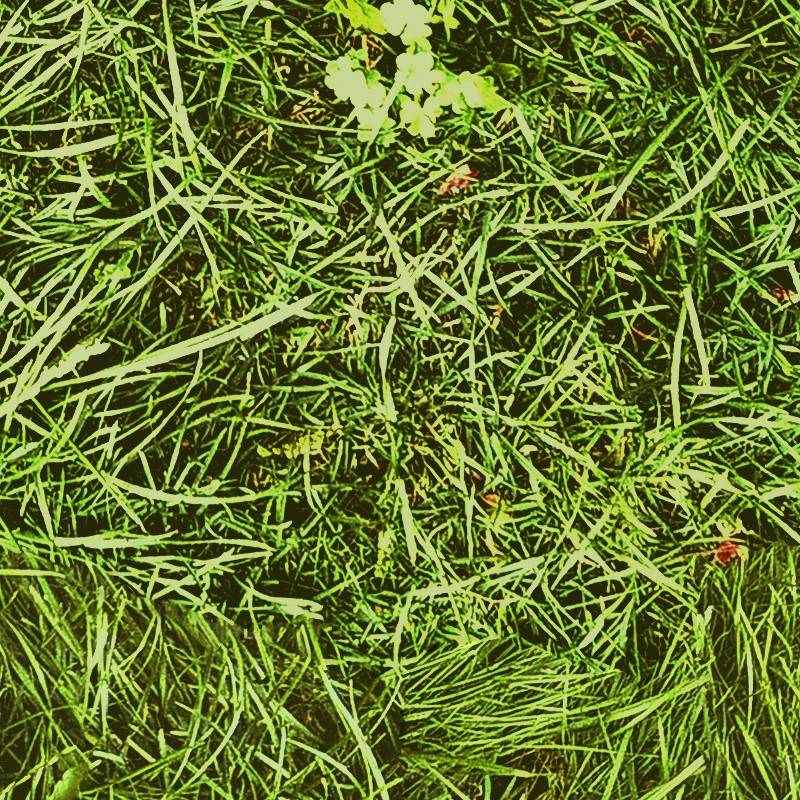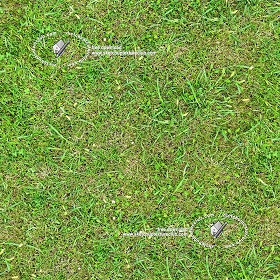
Or a bitmap can be used (splat map) because it gives more control and avoids the gradient artifacts of vertex … I need a shader that allows multiple textures. This method adds a command to copy pixel data from a texture on the GPU to a render texture on the GPU. Texture splatting is a method for blending multiple textures together on the same mesh, by painting a mask between them. Always, imo, go with one mesh/material … 1. You will just need to re-assign the colour in Unity, or attach the texture you've used if I read your question correctly.
#SEAMLESS GRASS TEXTURE PHOTOSHOP PRO#
Every TextMesh Pro font Asset has two sub-Assets: Font atlas: a black and white or grayscale texture file that contains all of the characters included in the font Asset. By default, new materials are assigned the Standard Shader, with all map properties empty, like this: Once the Material has been created, you can apply it to an object and tweak all of its properties … It just great atlasing engine. We’re evolving our solution, built on Netcode for GameObjects, in the open to become a netcode foundation that you can depend on – customizable and extensible to meet the needs of many multiplayer game types. You'll also need to include the definition for RetroAA and include the Texel Size of the main texture in the shader variables.

Note: Having one mesh with multiple materials (Sub Meshes) is a pain, and very clumsy to maintain. Open the Asset Assets/Samples/2D Animation/ [X. void CompositeTextures (RenderTexture tex1, RenderTexture tex2, RenderTexture … Sorted by: 1. In your ShaderLab code, you can define material … So my idea is to create a real time security camera system on a texture in unity. So to me: multiple materials = multiple shaders + sets of inputs (they can be similar or different). However, the first shader assumes that there … Select the Texture you want Unity to display for each Locale, and then drag and drop it into the corresponding section of the table, like so: 6. Currently I'm using single material for each mesh. You can reduce the scale as well, if you like, to check the repeats.Ĭheck out the video version of this tutorial below.Unity multi texture. Once it fills the layer, move the dialog out of the way, and you’ll be able to drag it around to check that it really is seamless. The new texture will be the last one in the list. The easiest way to test the new texture is to make a new layer, filled with any flat color, and choose Layer > Layer Style > Pattern Overlay. You’ll now be able to use it in any of your Photoshop work. Give the new pattern a name, and click OK. Select All, then go to Edit > Define Pattern. Switch to the Clone Tool, and use it to sample clear patches of background to cover up any anomalies. This will be a great start, although you’re not there yet.Īfter using the Spot Healing Tool you’ll probably be left with some unwieldy patches – such as the black stone at the top of this image, which looks too cut-off on the right. The easiest way to begin is to use the Spot Healing Tool, dragged vertically down the centre and horizontally across.

The joins are obvious here – but you know that where the texture goes off the top, it seamlessly repeats on the bottom, and the same for left and right. You’ll now have offset the original texture so that the edges are in the middle. Now drag the layer to the right, again holding Option/Alt and Shift to make a copy. Then use Command/Ctrl+E to merge these two layers together. Hold Option/Alt as you drag the texture up with the Move Tool to make a copy, holding Shift so it moves exactly vertically, until the bottom of the repeated texture meets the top of the existing one. This will limit the new layer to just what’s visible in the window.ĭrag the texture layer to the bottom left, so the corner of the texture is now more or less in the middle. If you have your Crop Tool set so that it doesn’t delete pixels, which is standard, then after you’ve cropped Select All and then make a new layer from the selection. Step 1: The starting textureĬhoose your texture, and crop it so that it fits the Photoshop window – you don’t want any of it to hang off the canvas. Here’s a simple solution that you can use to make any texture seamless.
#SEAMLESS GRASS TEXTURE PHOTOSHOP HOW TO#
The problem is how to avoid the obvious joins where the texture repeats.

Whether you’re wrapping textures around 3D objects or simply filling a background, it’s likely you’ll need to fill a larger space than your original texture block will allow.


 0 kommentar(er)
0 kommentar(er)
